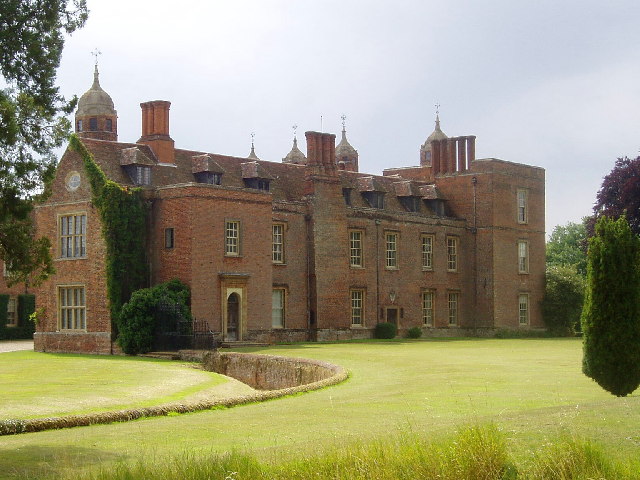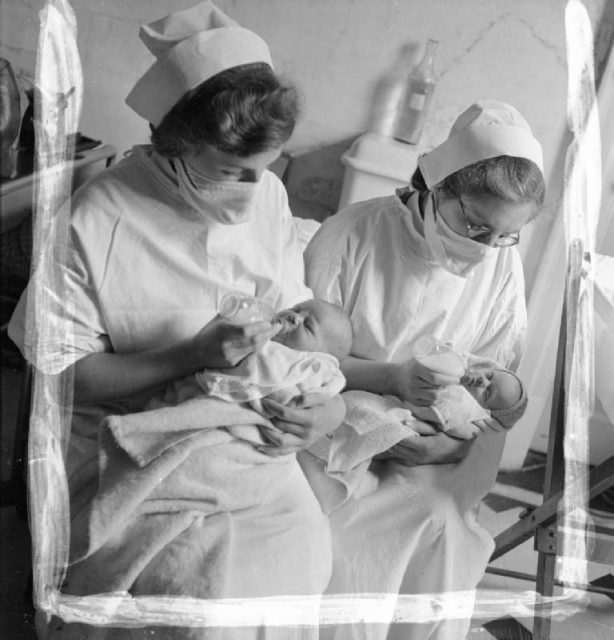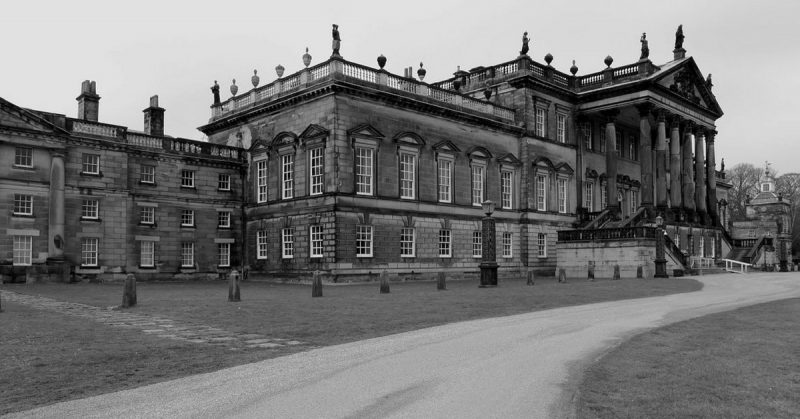A new book by historian Julie Summers tells the story of 12 stately homes, which were requisitioned by the British government to help with the war effort during the Second World War. These are not as well-known as Bletchley Park, where some of the most talented minds of the day were sent to work on ways to undermine the Germans, but their stories are still fascinating all the same. War was coming, and the estates were needed. They became schools, hospitals, training grounds and army headquarters.
The well-to-do rural residents usually received very little notice that their stately homes were being requisitioned to help with the war effort.The Rothschilds had very little time to evacuate from their humble abode in Waddesdon Manor; four days to be exact. They stashed their valuable paintings in the cellar. Lord Sherborne received the news of the requisitioning when he had only just finished the renovation of Hinton Ampner, in Hampshire. It came as quite a shock to Lord Sherborne to learn that the Portsmouth Day School for Girls would be arriving in 48 hours time.

He was, however, one of the lucky ones. A girls school was classed as the best you could end up with, with the army ranked as the worst possible occupants. The legal owners of Melford Hall returned to their home after the war, only to find that all the wine bottles in the wine cellar now contained water. It was clear that the soldiers were to blame. Even animals became victims of these events. Two dogs, from Coleshill House in Wiltshire, were shaken up by explosions, set off by trainee recruits, to the point of needing rehabilitation in the form of a regular intake of aspirin pills and brandy. (In fact, looking at the bigger picture, over 600,000 pets were put down in September of 1939 alone, mostly because their owners could not face their uncertain future.)
Brocket Hall, in Hertfordshire, was turned into the London Maternity Hospital. One of the stories stemming from this building is that married pregnant women were treated more favorably than unmarried pregnant women, with the latter sometimes being forced to clean after the married women.

Another unusual occurrence was seeing such a prestigious place like Blenheim Palace reduced to being a school for boys. It all felt wrong and backward. The famous assassination of Reinhard Heydrich in Prague was orchestrated by none other than those at Addington House, a part of the Czech HQ intelligence group. The French resistance was receiving support and supplies via Bignor Manor, in West Sussex.
Summers recounts the details of these and many more such events and characters that occupied many of the country’s grand houses in the Second World War era. Eric Sykes had the noble appearance of a priest but was stationed in a place where he taught people how to outsmart and kill others with the utmost tact.

One highlight is the story of none other than Edvard Benes, the exiled Czechoslovakian president. If he was disturbed when walking his dog, he would spontaneously declare that he was the president of Czechoslovakia. Perhaps the Czech leader was trying to relive old glories. He also had a habit of expressing his disdain for anyone over 6 feet tall.
However, it would’ve been good to have more of these lighthearted stories, as the book would’ve been less repetitive and tiresome as a result. Instead, we have a rather self-important and artificial narrative. Summers’ book would have benefited with a deeper look into these houses rather than the superficial view we actually get.
Summers’ book is set to be released in the late spring, and it’s expected to be a hit among fans but not so much with the critics. Reviews are expected to be mild or mixed. Still, such reviews should not deter genuine fans from having a read of the book. The greatest asset of the book is Summers’ intimate writing style, it really pulls you in and gives you a good feel for what it was actually like living during those times.
